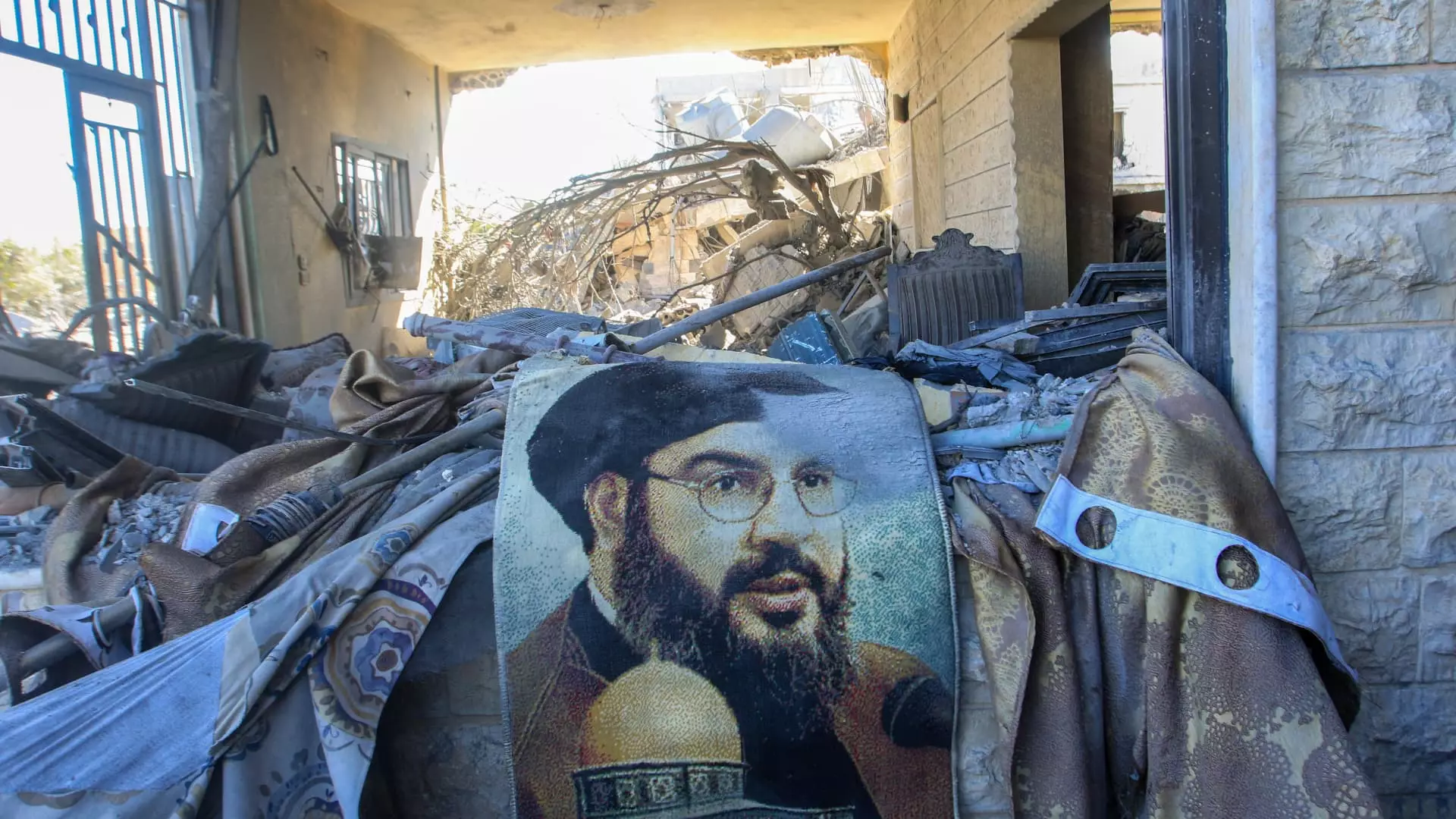The recent announcement from the Israeli Defense Forces (IDF) regarding the death of Hassan Nasrallah, the longtime leader of Hezbollah, marks a pivotal moment not just in Lebanese politics but also within the broader geopolitical landscape of the Middle East. Israeli officials confirmed that Nasrallah was killed during a targeted strike on Hezbollah’s headquarters in Beirut, further escalating the already tense relations in this volatile region. While the veracity of the report remains unverified by independent sources, the potential ramifications could be monumental, serving as a potential turning point for Hezbollah and the group’s regional influence.
Hassan Nasrallah has held the reins of Hezbollah since 1992, following the assassination of his predecessor, Abbas al-Musawi, by Israel. His leadership has seen Hezbollah transition from a local Lebanese resistance movement into a formidable military and political powerhouse, characterized by its staunch opposition to Israel and significant influence over Lebanon’s political landscape. The announcement of his death, coming on the heels of a series of escalating conflicts, could signal a strategic realignment within the region, shifting the balance of power dramatically.
Political analysts are expressing concerns over what Nasrallah’s killing could mean for Hezbollah’s future. Ronnie Chatah, a Lebanese political analyst, emphasized the psychological impact this event would have on an organization that has historically wielded considerable authority. If Nasrallah’s leadership was foundational to Hezbollah’s identity and goals, the loss is expected to create a leadership vacuum that could weaken the group’s cohesion and operational capacity.
While Chatah foresees a significantly diminished Hezbollah without Nasrallah, he also cautions that the organization may adapt and persist, albeit in a different form. The deeply entrenched ideologies and military infrastructure of Hezbollah are unlikely to dissipate entirely; thus, the question remains as to how the group will reconstitute itself and who will step into the leadership void.
The possible death of Nasrallah could provoke a series of events that escalate tensions further. Firas Maksad from the Middle East Institute observes that Nasrallah was an iconic figure within Iran’s regional alliance, and his removal may ignite further hostilities between Israel and Iranian interests in Lebanon. The strategic calculus for both Israel and Iran will undoubtedly shift, placing Lebanon at the center of a geopolitical chess game where every move could have profound implications.
The fragility of Lebanon’s political structure adds another layer of complexity. With a divisive sectarian government already struggling to find common ground, the absence of a unifying leader like Nasrallah could exacerbate the existing polarization within the country. As various factions vie for power and influence, the potential for civil unrest increases, highlighting the delicate nature of Lebanon’s political fabric.
Nasrallah’s assassination also raises questions about the future of Shia representation within Lebanon’s fragmented sectarian system. As the most powerful leader among Lebanon’s Shia community, his death could result in a significant shift in dynamics, leaving factions within the community grappling for influence. The post-Nasrallah era may lead to a restructuring of alliances and rivalries, further complicating the already intricate web of Lebanese politics.
As Hezbollah navigates this new landscape, external actors—be it regional powers or global superpowers—are likely to show increased interest in the evolving scenario. How these entities choose to engage with a potentially weakened Hezbollah and a politically fractured Lebanon will be vital to regional stability.
The reported death of Hassan Nasrallah may indeed signify the end of an era for Hezbollah and the Middle Eastern political dynamics he has shaped over the past three decades. While the immediate consequences remain uncertain, the potential for increased instability within Lebanon and beyond appears inevitable. The lessons learned from this situation will shape the approaches of both local and international players, who must now consider the implications of power vacuums and shifting allegiances in a region that has historically been marked by turmoil and conflict. As history has shown, the struggle for power never truly ends; it simply evolves into a new form.


Leave a Reply